The Samsung Galaxy S8 has finally been launched and… well, it's entirely as we expected thanks to the myriad leaks that have sprung up all over the internet.
But the good news is that it's actually a rather nifty phone, and you can check it out in some rather sumptuous depth in our hands-on: Samsung Galaxy S8 review to get all the morsels of information you could want on Samsung's new flagship.
We know that some of you are in more of a rush though, and just want to know what's new and whether you should care about the new Samsung phone – and no, before you ask (and we have been asked countless times): it's not going to catch fire this time. Samsung has been very clear about that.
What it will do is impress you with the large display, faster innards and all-round improvements throughout the user interface – so if you're not going to check out our thorough and filled-with-beautiful-photos Samsung Galaxy S8 hand-on (the plugs will only get more shameless) we've rounded up all the salient information here.
- Fancy something bigger? You'll want the Samsung Galaxy S8 Plus
Samsung Galaxy S8 release date
Samsung still hasn't confirmed the actual day it will be throwing the Galaxy S8 onto shop shelves, but we're expecting it to land around April 21 in certain territories.
The chances are that it will go to South Korea and the US first, with high-priority territories like the UK and other parts of Europe following soon after.
However, this could be the first year that Samsung makes the right amount of phones at the start and the whole world can have them at once. We can but dream.
Samsung Galaxy S8 price

We're still waiting for retailers to announce their pricing for the new flagship phone, but the Samsung Galaxy S8 cost looks a little high, with early rumors pegging it at around $845/£695/AU$1,115.
However, for that money you do get more storage than before, as the phone will land with 64GB of onboard storage, rather than the 32GB of last year – plus there's a microSD card slot and some decent AKG headphones in the bundle too.
- UK: Pre-register at Carphone Warehouse
- UK: Pre-register at Mobiles.co.uk
- US: See all Samsung Galaxy devices at Samsung.com
- Samsung Galaxy S8 deals: what price should you expect to pay?
Key new features
- Rear-mounted fingerprint sensor
- Bixby AI assistant with dedicated button
- Massive Infinity Display on the front
- Refined user interface
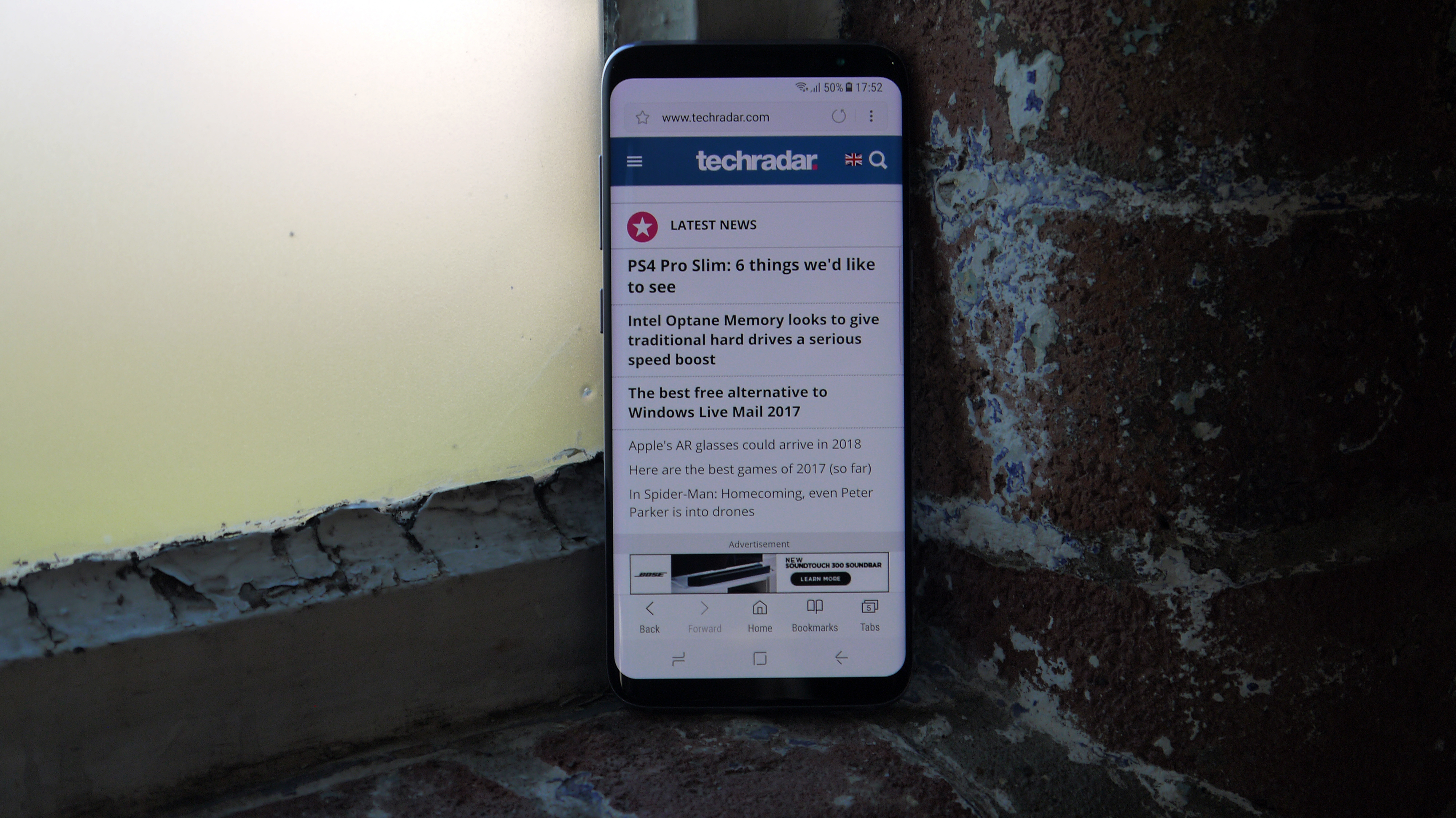
If you're reading this section, then you're wondering one thing: what's actually new about the Samsung Galaxy S8, and should you really care?
Well, in our eyes there are three major upgrades that Samsung fans will be most drawn to, beyond the impressive upgrades to power and performance throughout the phone.
The first is the new Infinity Display that adorns the front of the Galaxy S8, a massive 5.8-inch screen that wraps its way around most of the phone.
Yes, that's right: it wraps, as this is a curved screen by default. There's no flat version this year – Samsung saw how well-received the Galaxy S7 Edge was last year, and decided to make that the flagship experience.
It's a QHD resolution, but in the longer 18.5:9 aspect ratio, which will mean some apps will initially display with bars left and right.
The screen on the S8 is also HDR-enabled, so if you're paying extra on Netflix (or just using Amazon Prime Video) you'll be able to get the superbly bright and colorful experience on the mobile.
The second big change is the addition of another key on the phone, which will take you to the Bixby assistant. This is Samsung's big play in the rise of AI on your phone, a contextual assistant that can work out what you need through voice, touch or the camera.
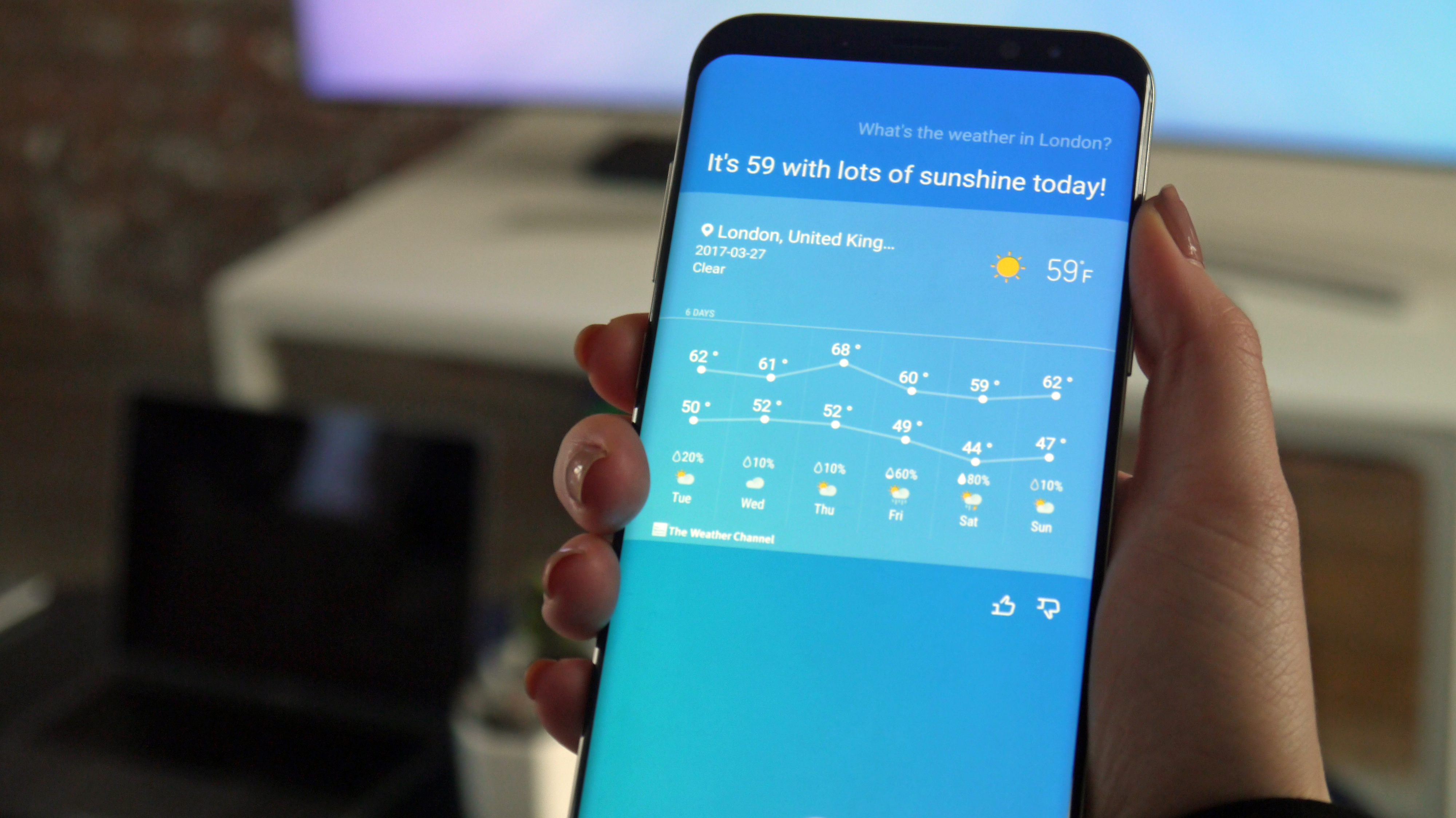
If you're reading this section, you're wondering one thing: what's actually new about the Samsung Galaxy S8, and should you really care?
Well, in our eyes there are three major upgrades that Samsung fans will be most drawn to, beyond the impressive upgrades to power and performance throughout the phone.
The first is the new Infinity Display that adorns the front of the Galaxy S8, a massive 5.8-inch screen that wraps its way around most of the phone.
Yes, that's right: it wraps, as this is a curved screen by default. There's no flat version this year as Samsung saw how well-received the Galaxy S7 Edge was last year and decided to make that the flagship experience.
It's a QHD resolution, but longer – just like the LG G6, the screen is in the longer 18.5:9 aspect ratio, which will mean some apps will initially display with bars left and right.
The screen on the S8 is also HDR-enabled, so if you're paying extra on Netflix (or just using Amazon Prime Video) you'll be able to get the superbly bright and colorful experience on your mobile.
The second big change is the addition of another key on the phone, which will take you to the Bixby assistant. This is Samsung's big play in the smartphone AI stakes, a contextual assistant that can work out what you need through voice, touch or the camera.
We'll be honest: it's not that impressive yet. You can only get it in the US or South Korea at launch, and it can only do a very limited number of things – essentially this is Siri, but a few years back when it comes to voice. However, Bixby Vision in the camera can do more, working out places and products that it's seeing, as well as matching certain items on Pinterest.
The big play from Samsung here is that it, eventually, wants Bixby to take on Alexa by being the AI that's coded into every app. However, right now it's not even in all the default Samsung apps – only the camera and phone systems at the moment, with more rolling out in the future as well as a toolkit for third-party developers.
In short: Bixby currently isn't as good as Google Assistant, which is thankfully also on the phone.
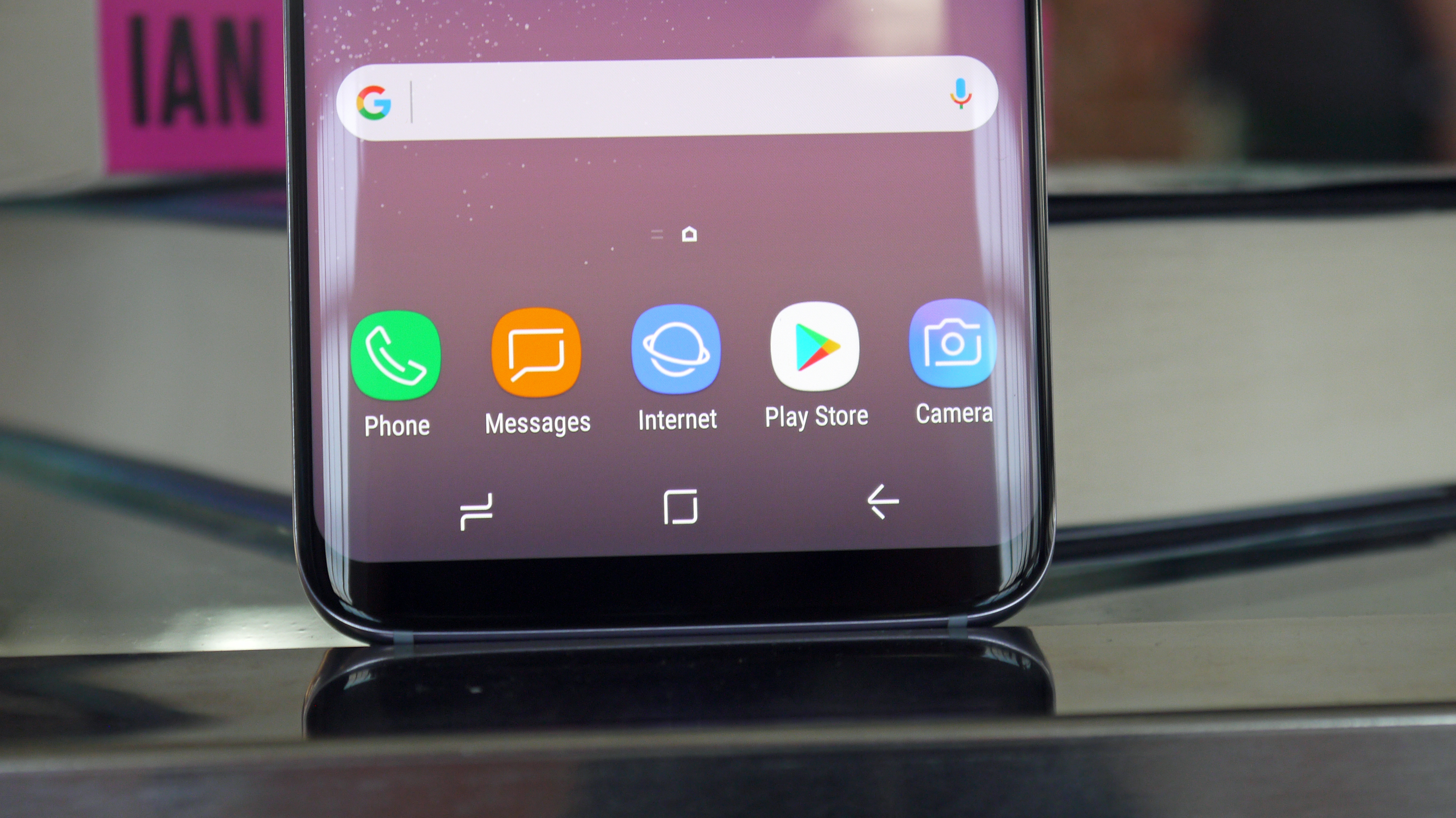
The final big change is to the UI – and some people still won't be happy, while others will. The reason for this divide of opinion is that the Samsung Galaxy series TouchWiz overlay, which sits atop Android, has been maligned for years as too overbearing.
Well, for years Samsung has been refining the experience, making it lighter to use and look at, and this year it's cleaner than ever without losing the Samsung 'look' that many of its users will be accustomed to.
This means the fonts are smoother, the menus more clean and natural-looking (with little recommendations of other things you might be looking for in the settings menu – a nice touch), and even the symbols for navigating through the phone have been altered to offer a more premium look.
(Well, we say premium – they look more like ancient runes or hieroglyphics. But hey, that's what's there).
Design
Right, that's the big changes out of the way – so let's get on to how this thing looks. The design is covered in more depth through our Samsung Galaxy S8 hands-on (we told you there would be more plugs) but here are the main points:
The screen covers most of the front of the phone, but we didn't experience any accidental taps of the display simply by holding the Galaxy S8 – there are obviously some smarts coded into the handset to stop that happening.
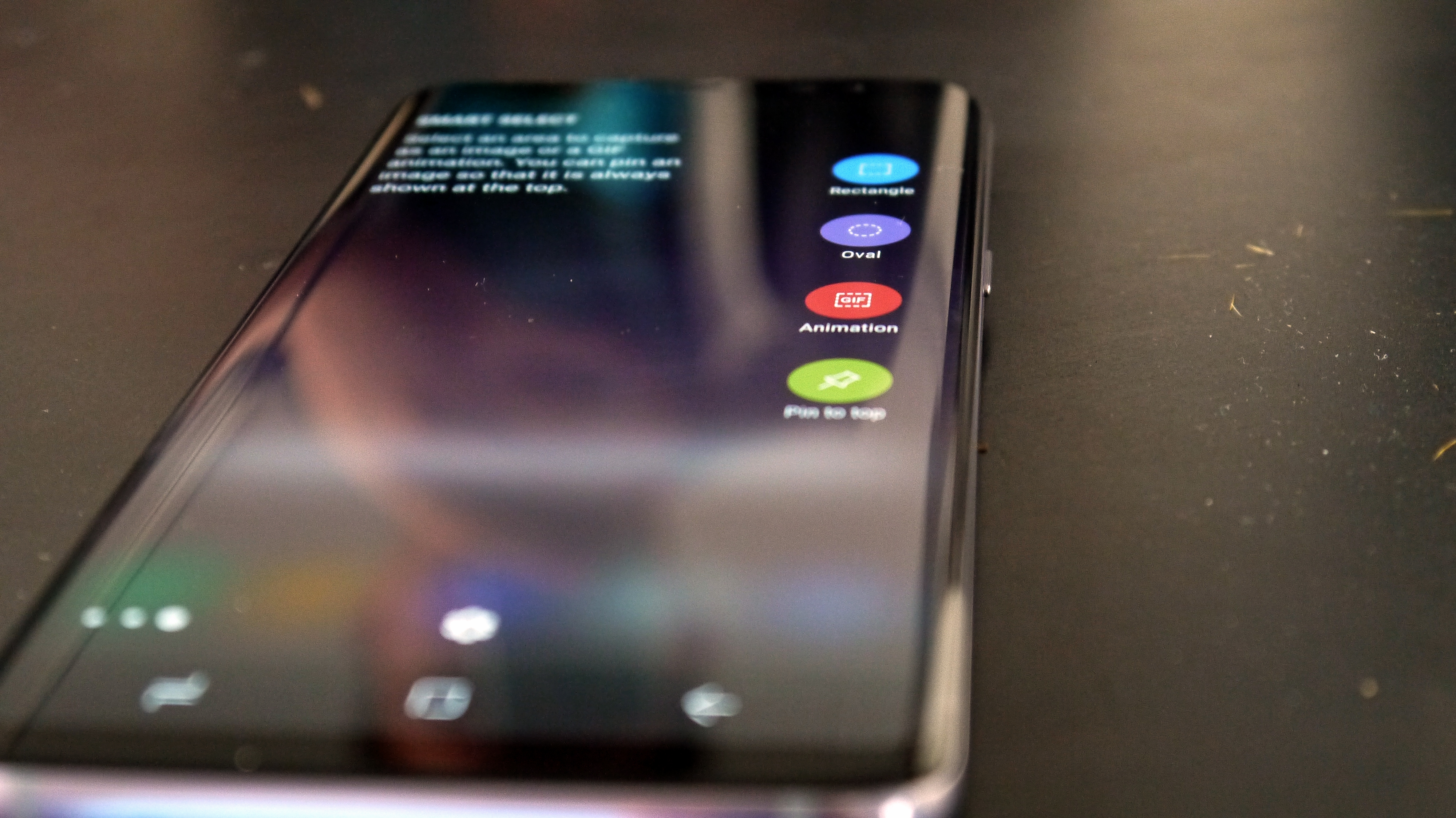
The home button is gone now – there's nothing visible on the front of the phone any more. There is a pressure-sensitive button at the bottom of the phone, in a similar vein to that on the iPhone 7, where you can press where the home key WOULD have been and you'll get a pleasant buzz.
The fingerprint scanner is now on the back of the phone, next to the camera, and it's a bit too high up for our liking, meaning we're more inclined to use the facial recognition or even the iris scanner to open the phone.
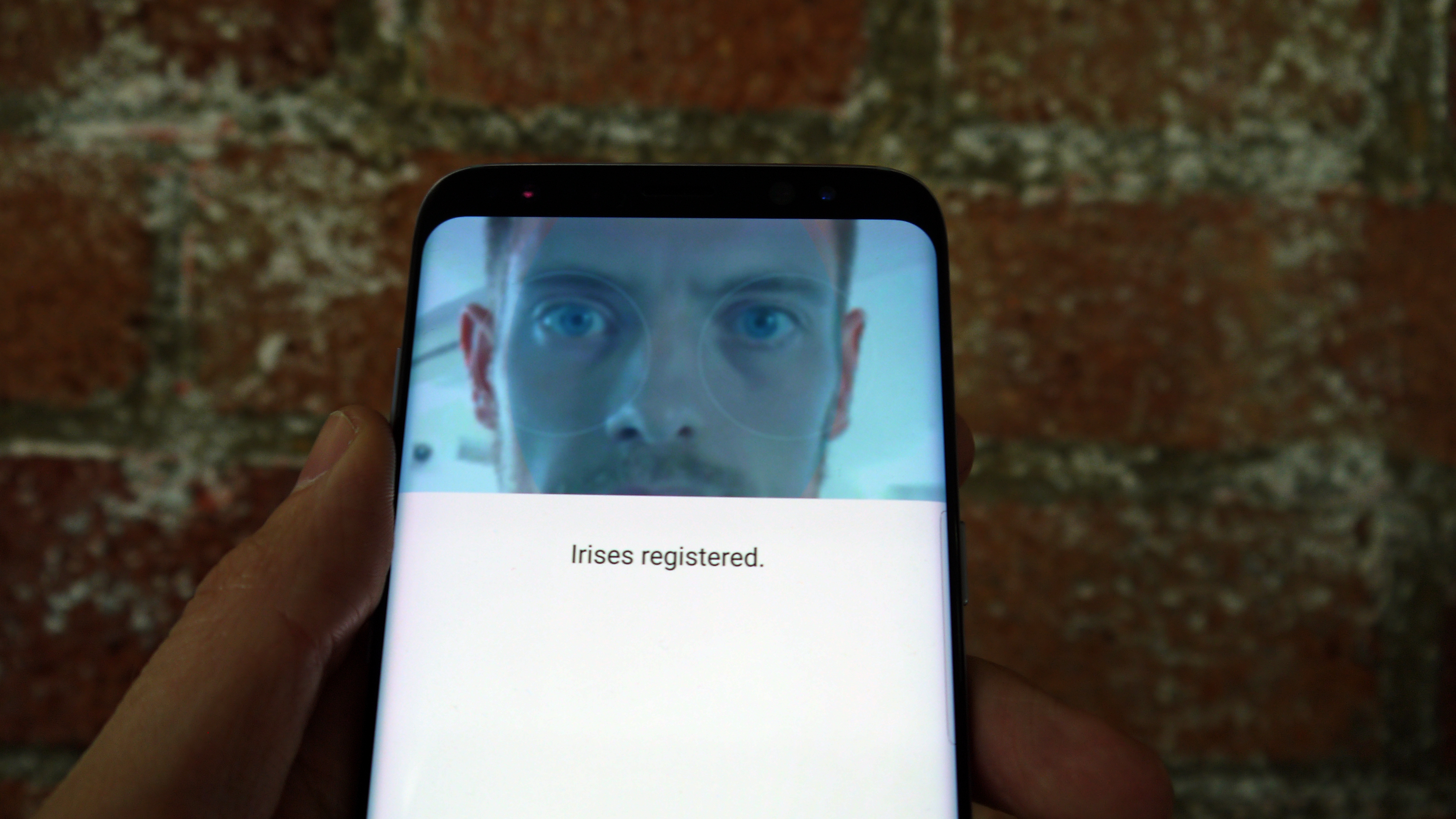
The outer rim is a fusion of metal and glass, with everything rolling attractively together in the hand, and very few hard edges to find under the finger.
In short, it's a very well made phone from Samsung, and with the headphone jack still present and correct, it's going to please a fair few users looking to get a top-end phone with beautiful lines.
Camera
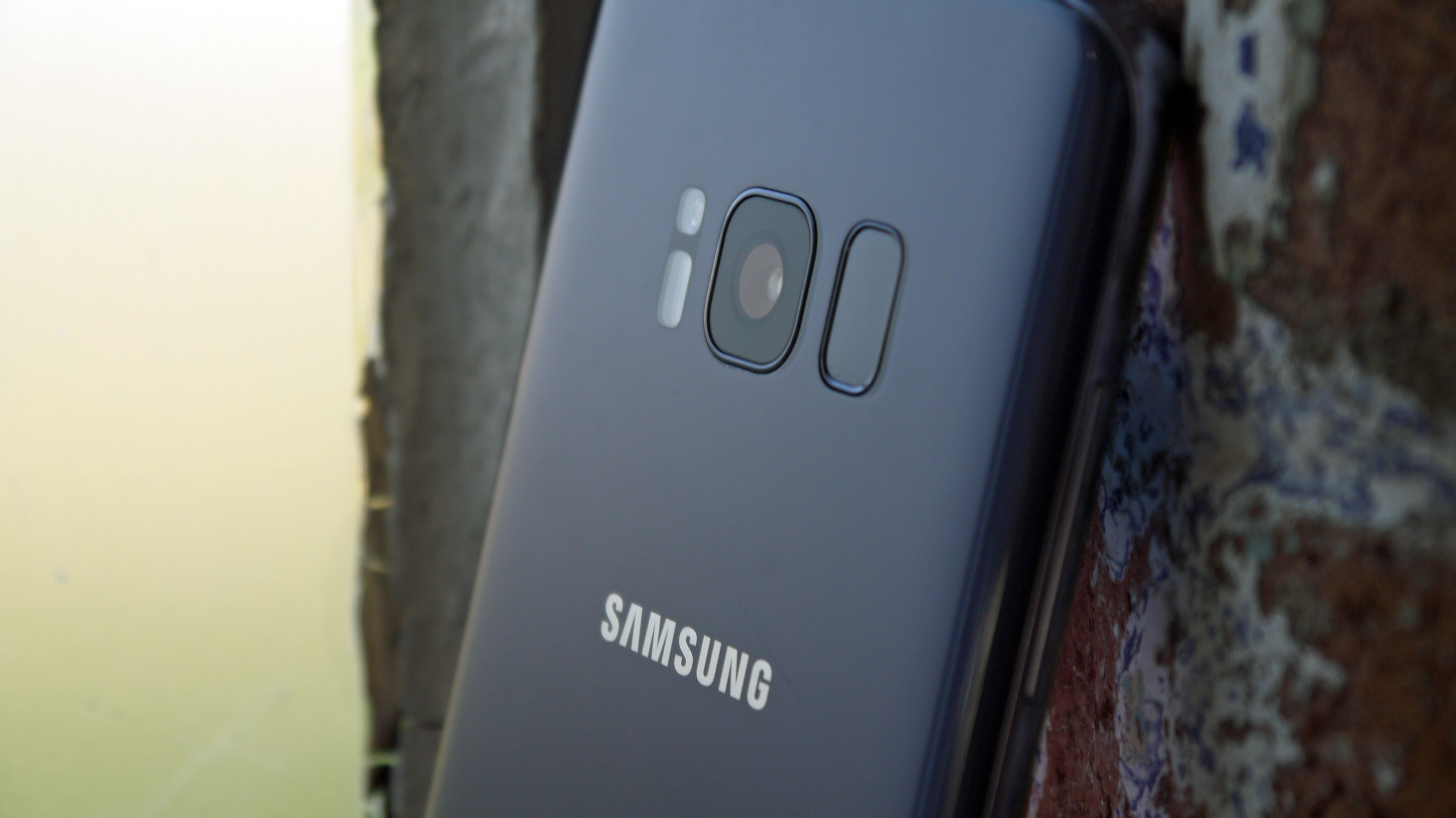
The Samsung Galaxy S8 camera hasn't really been given much of an upgrade compared to the Galaxy S7, which will be a bit of a disappointment for some. The Galaxy S6 had a good snapper and yet Samsung still decided to upgrade it – but no such luck this year.
Well, if we're being fair there might be some internal tweaks that mean you're getting a better picture thanks to improved software – we'll need to test to be sure, but in our initial look (which you can read here) we didn't see too much different.
However, the 12MP sensor on the back is still one of the best around, offering speedy snaps and great performance in low light. This year Samsung has added in something called multi-frame image, which takes three snaps and finds the sharpest, so the quality should be improved in terms of what you're looking at, at least.
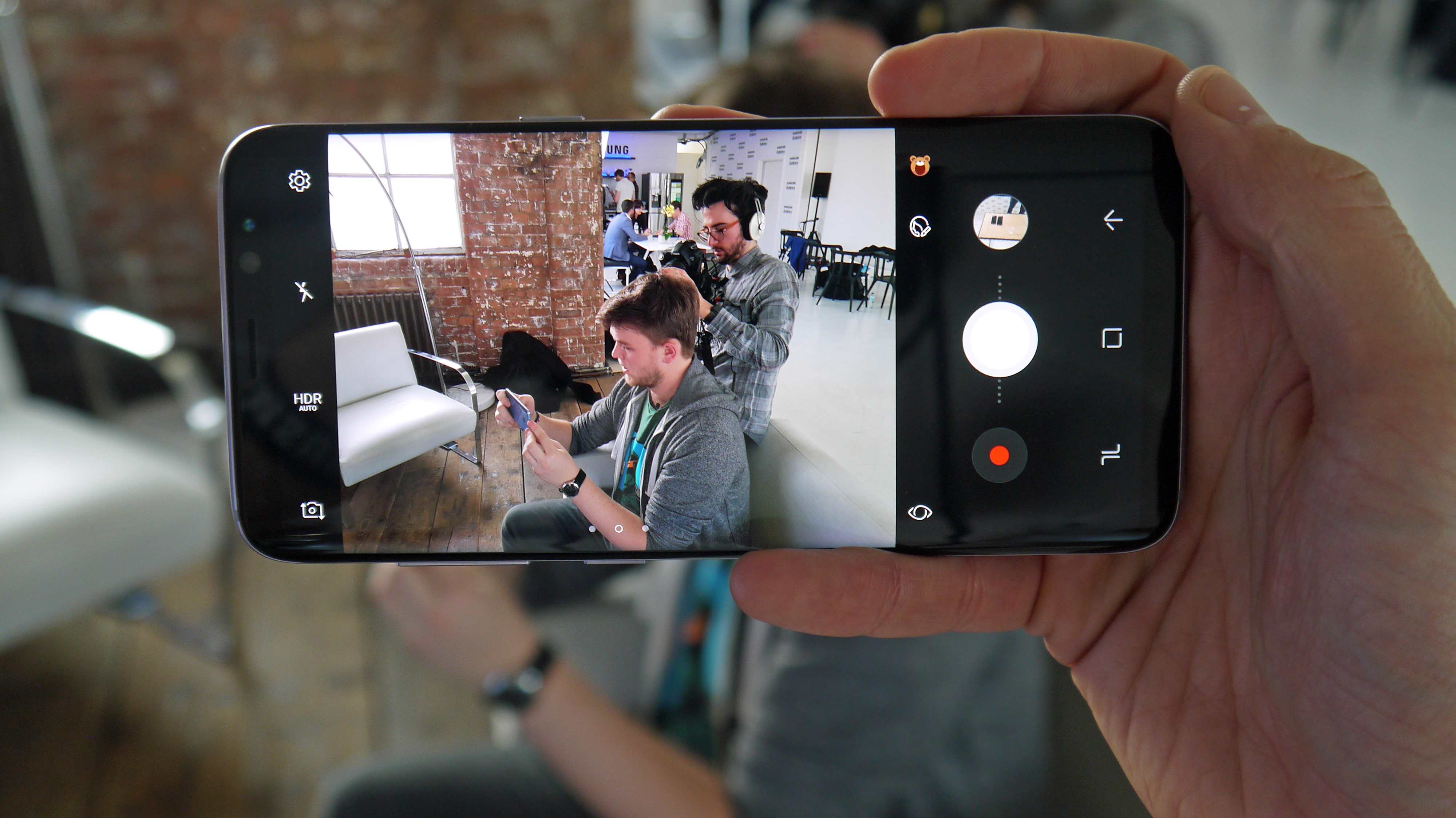
There's also the same impressive range of modes and options from Samsung within the Galaxy S8, from the clever auto mode, which manages to pick out a great picture nearly every time, to the professional mode, which offers the chance to really tweak the settings and shoot in raw too.
The front-facing camera has been boosted to 8MP, and there's also a fun new effects button which you can use to give yourself a range of augmented reality makeovers to entertain your friends, as they wonder why you've not just decided to use Snapchat instead.
Battery
Samsung hasn't really done much to the battery either with the Galaxy S8, which does raise our eyebrows a touch. The new chipset inside has been improved to offer 10% more CPU power and 21% better management on the GPU, so everything should fly along faster and with more efficiency.
However, there's only a 3000mAh battery in the Samsung Galaxy S8, which is the same as last year – and with more pixels to power on the front of the phone (thanks to the longer aspect ratio and display) that's something to think about.
It could explain why Samsung has limited the screen resolution on the Galaxy S8 to Full HD by default, with users needing to delve into the settings and boost the sharpness manually.
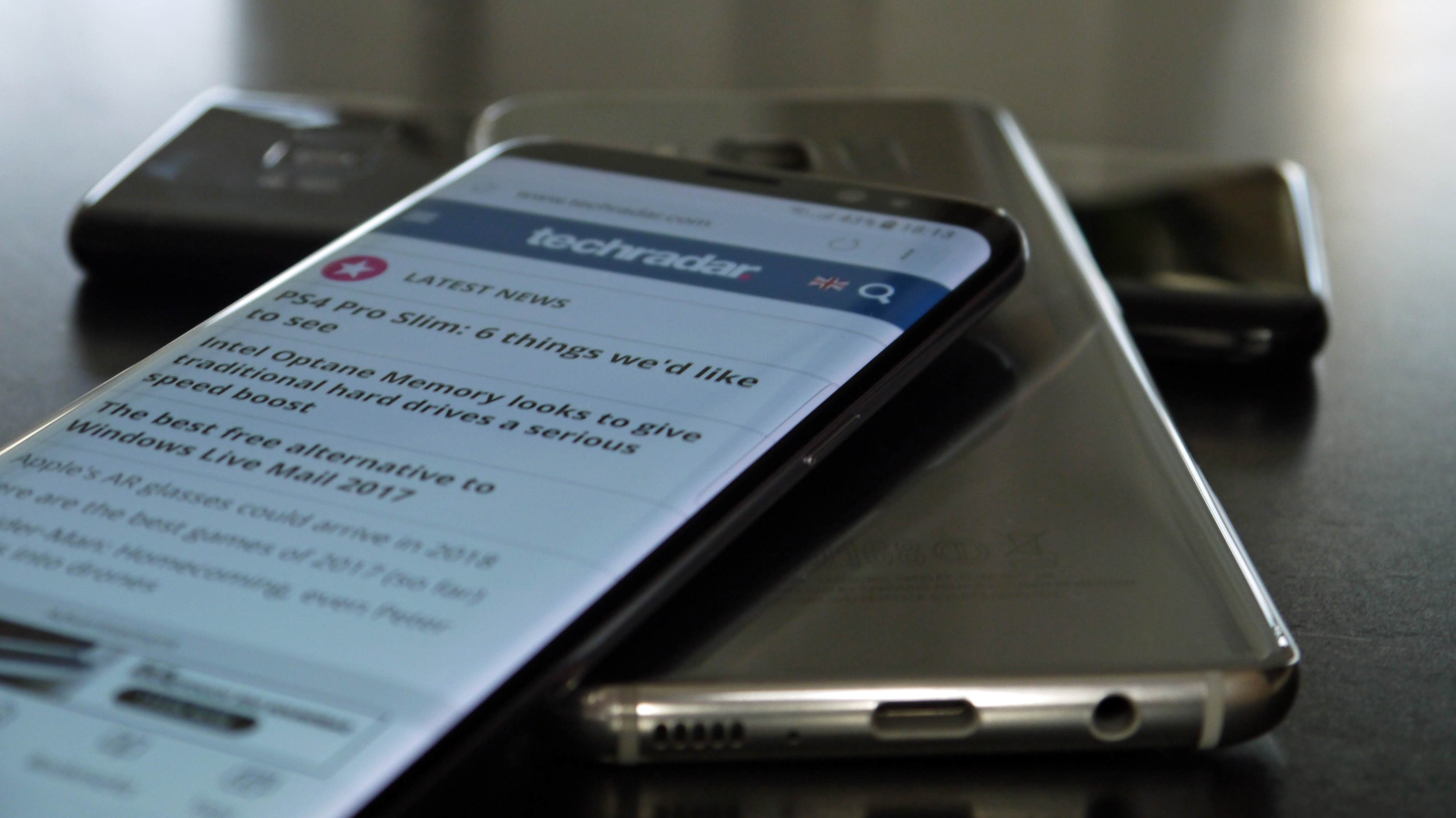
That said, the Galaxy S7 Edge was one of the best phones we had on test for battery life last year, so there's every chance Samsung has done more than enough to deliver a phone that can last well over a day.
On top of that there's also a full suite of wireless charging compatibility – in short, if there's a wireless charging point where you are, it can charge your Galaxy S8. Fast charging is also enabled, although Samsung hasn't given exact numbers on how quickly the handset will power up just yet.
We'd estimate about 15 minutes of charge giving you a third of your power back, but we'll await confirmation from Samsung on that one.
Power and operating system
Infruriatingly, it looks like Samsung has split its processor strategy across the world once more, with the Qualcomm Snapdragon 835 at the heart of the phone in the US, and the Exynos 8895 doing the gruntwork throughout the rest of the world.
Apart from the fact that this hasn't been explicitly confirmed yet (something Samsung fails to do year after year) this is still a good thing, as it means that either way users will get their hands on one of the most powerful phones around, with Samsung's Exynos-powered S8 likely getting the jump in terms of raw output under the finger.

There's 4GB of RAM in the Galaxy S8 too. Rumor has it that Asian markets will be getting more (and Samsung has cryptically said the specs will vary throughout the world); however, 4GB is more than enough, and in our tests (you can read about them in our in-depth hands-on Samsung Galaxy S8 review... you know you want to) we found the phone to be lightning fast.
As mentioned, the Samsung Galaxy S8 is running on top of Android Nougat, with the latest version of the operating system offering things like Google Assistant to the user, as well as improved battery management.
Wrap up
In short, we'd urge you to read our Samsung Galaxy S8 hands-on review – it's the place to be if you want a really in-depth look at this phone.
However, if you can't manage to imbibe such a heady brew, then here's the summary…
The Samsung Galaxy S8 is a really, really good-looking phone, with lots of key features that users want – as well as some new additions in the shape of Bixby, although that's not really offering much at the moment.
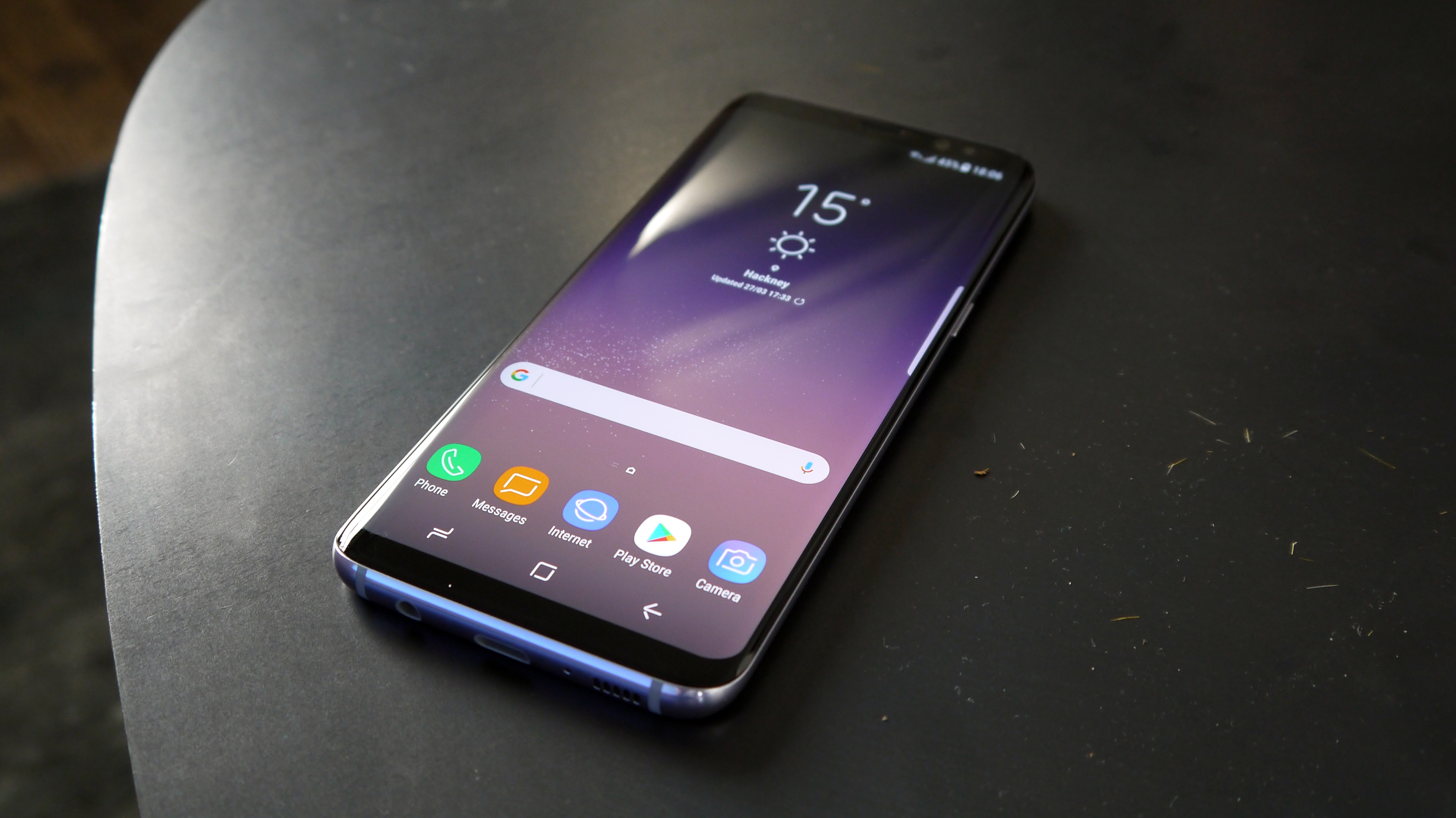
Some will be worried by the fact that the camera and battery haven't been given an obvious boost, and that's something that does need to be checked out when we get the phone in for a full review.
However, this is a phone that's far more impressive than the sum of its parts: while a wrap-around screen doesn't sound like enough to warrant buying a phone, it's an incredibly impressive look, and one that will lure in many buyers.
The camera and battery life are likely to be good enough, and the raw power of this phone will see it shine through nearly every task.
Question marks still remain over the price, of course – if Samsung adds on a few more units of currency to the RRP of this handset, it's going to be an even tougher sell in a world where mid-range phones are starting to really shine for a lot less money.
However, the Galaxy S8 is a great phone at its heart, and we'll now be waiting with much intrigue to see how Apple responds...
While we wait to hear more about what Samsung's actually planning to put in the Galaxy S8 we have a sizeable wish list of things we hope it will feature. From a sharper screen to stereo speakers and genuine surprises, here's what we want to see.
1. More built-in storage
Samsung pleased many with the reintroduction of a microSD card slot in the Galaxy S7, but with just 32GB of built in storage, a substantial chunk of which was used by the OS, it was much needed.
Hopefully the Samsung Galaxy S8 will keep the card slot but add more built in storage. If Apple offers phones with 128GB built in Samsung can too. That way buyers will have more storage to play with, without having to fall back on the usually slower speeds of microSD cards.
2. Fewer fingerprints
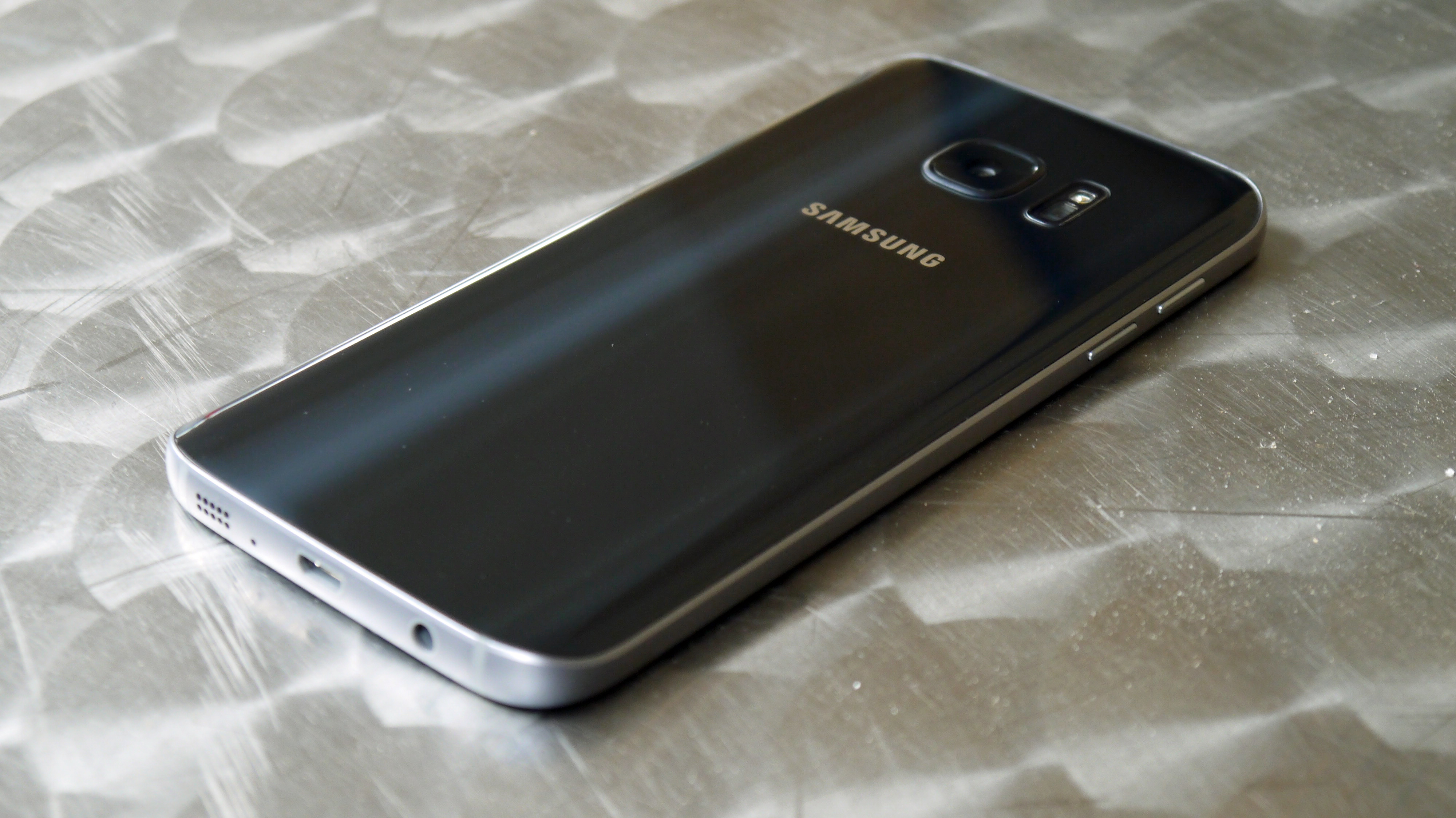
The Samsung Galaxy S7 is a triumph of design and looks absolutely stunning, or at least it does until you start using it, at which point it very quickly starts picking up fingerprints.
So we really hope the Samsung Galaxy S8 avoids that. The design doesn't need to radically change, but some sort of fingerprint-repellent coating would do wonders.
3. Longer battery life
The Galaxy S7's battery life was a significant improvement on the S6's, but it's still a phone that you'll typically be charging nightly.
That's one of the few areas where it's no better than much cheaper handsets and ideally we want a phone that can comfortably last at least two days. Hopefully the Samsung Galaxy S8 will be that phone.
4. A lower price
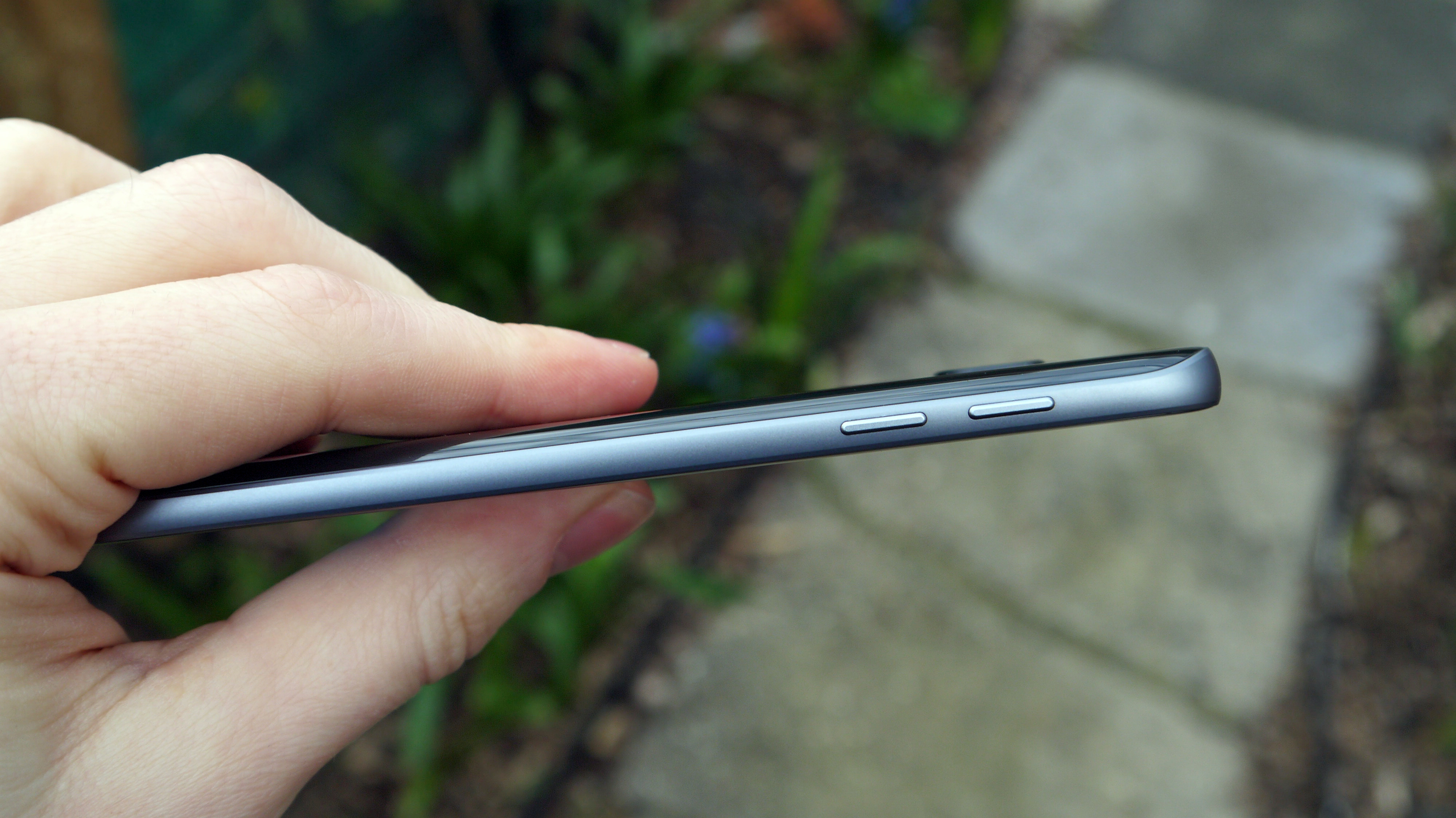
As a premium handset the Samsung Galaxy S7 goes a long way to justifying its premium price. But when you consider that many high-end Chinese phones and even fairly big name handsets like the OnePlus 2 launched for far cheaper, it's hard not to wish it was a little more affordable.
It's unlikely that the Samsung Galaxy S8 will have a bargain price tag, but even knocking the price down to around £500 (US$600, AU$1000) would be a big help.
5. Dual front-facing speakers
The Samsung Galaxy S7 can pump out a reasonable amount of sound, but it's just got one speaker and its position on the bottom edge both means the audio isn't directed towards you when holding the phone and that the speaker can easily be covered by stray fingers.
It would be great if the Samsung Galaxy S8 took a leaf from HTC's book and had dual front-facing speakers, as that would fix all those problems, while adding meatier sound into the mix.
6. A better front-facing camera
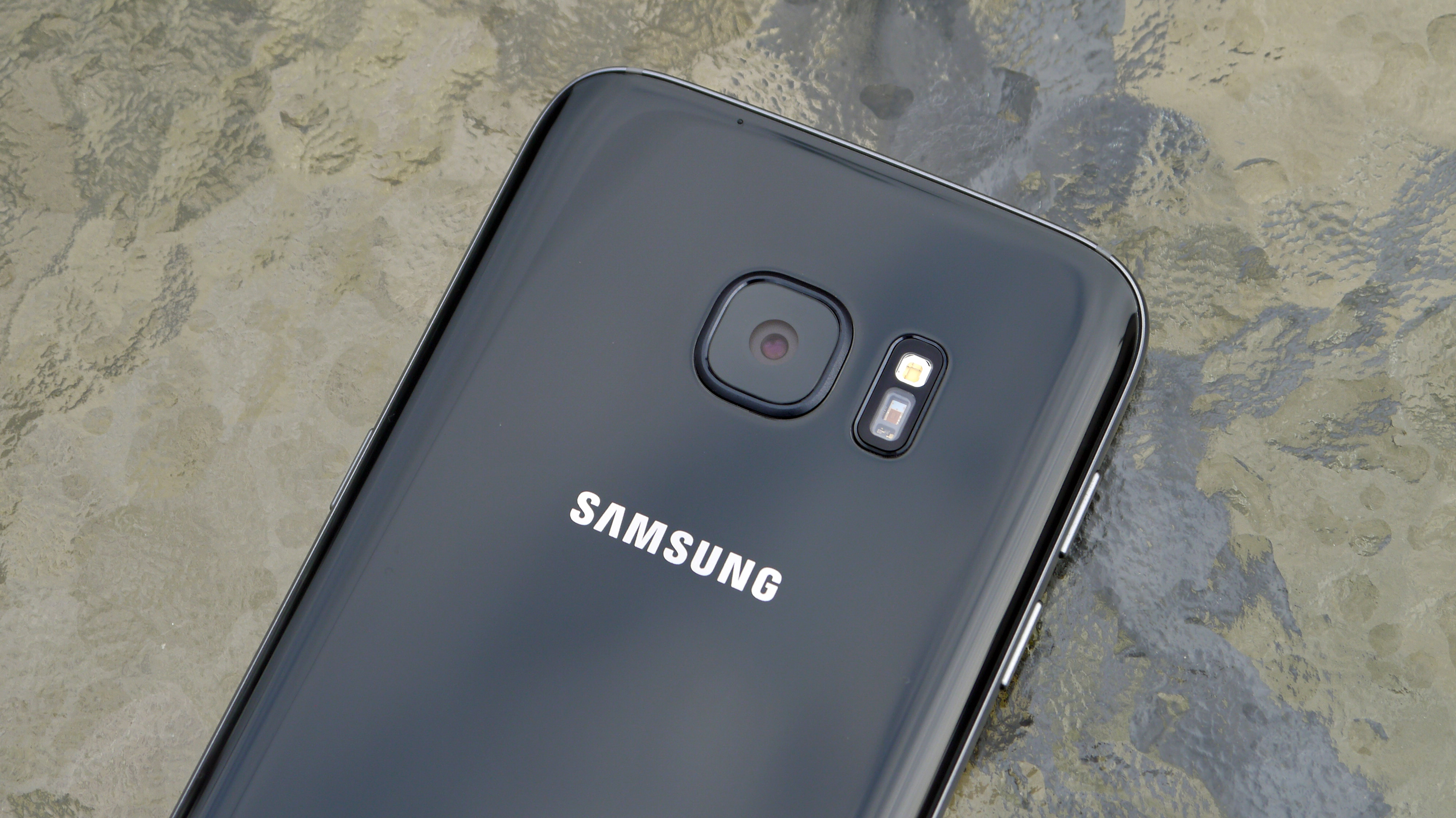
The 12MP rear snapper on the Samsung Galaxy S7 is seriously high quality, but the front-facing camera feels a bit neglected.
It's just 5MP and there's no flash for it, leaving it lagging behind rivals. Hopefully then the Samsung Galaxy S8 will have a higher megapixel count on its selfie snapper, along with a flash and maybe even optical image stabilization.
7. A sharper screen
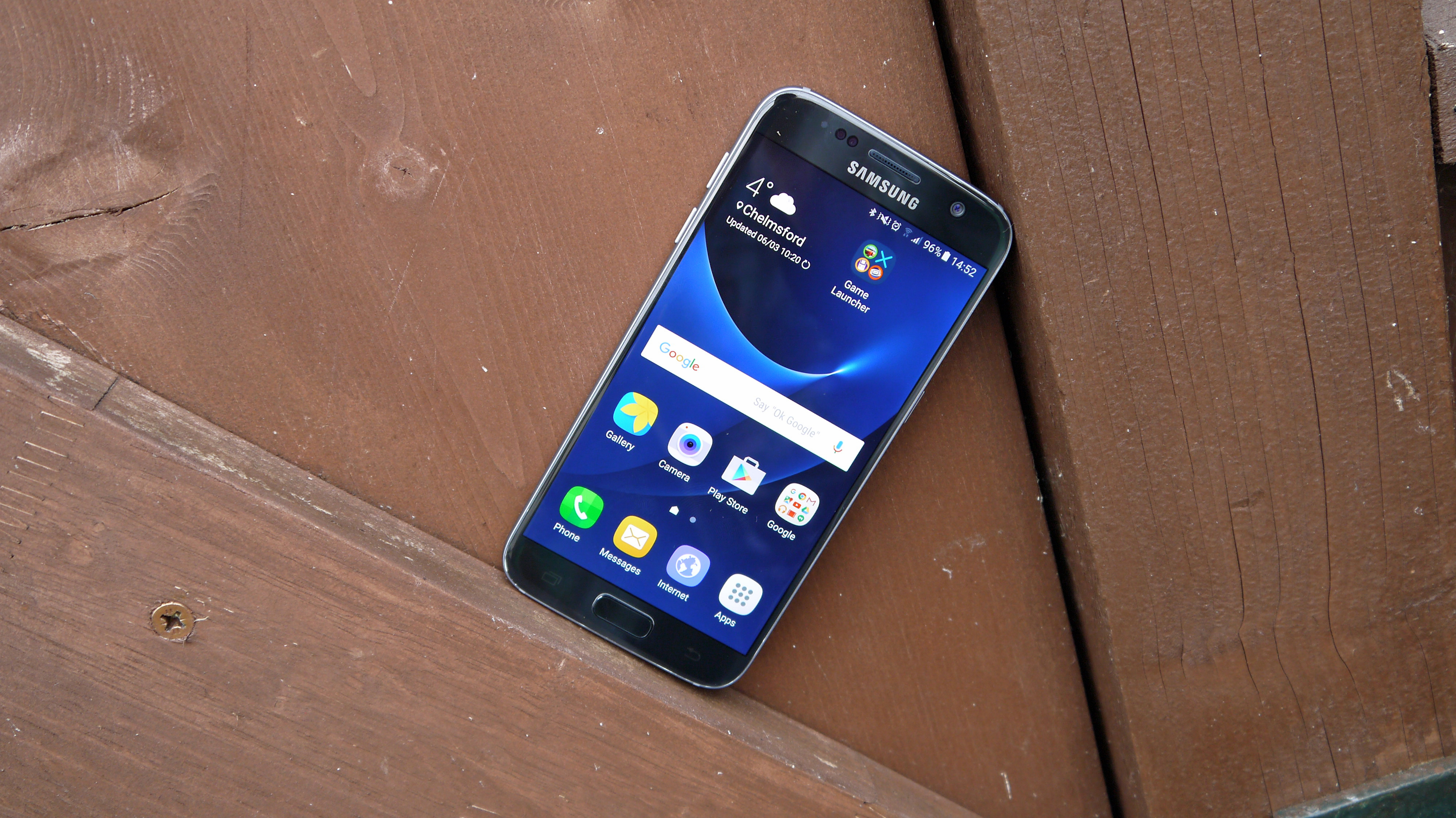
QHD is plenty sharp enough we hear you saying, but hear us out. Yes, the QHD screen on the Samsung Galaxy S7 is impeccably sharp for general use. But Samsung has jumped on the VR bandwagon with the Gear VR and for that some extra pixels could be beneficial.
The Gear VR is one of the cheapest ways to get a semi-decent VR experience, but it could go from semi-decent to very good indeed if the Samsung Galaxy S8 packed a 4K display, which there's every chance it will, as Samsung has shown off a 4K mobile screen.
8. Toned-down TouchWiz
TouchWiz isn't as bad as it once was, but it's still present and still includes an annoying amount of bloat. We doubt we'll ever see stock Android on a Samsung flagship, but the closer the company gets the better.
So we'd love to see the S8 have a further toned-down version of TouchWiz, with more of a Material Design look and fewer pre-installed apps.
9. USB Type-C
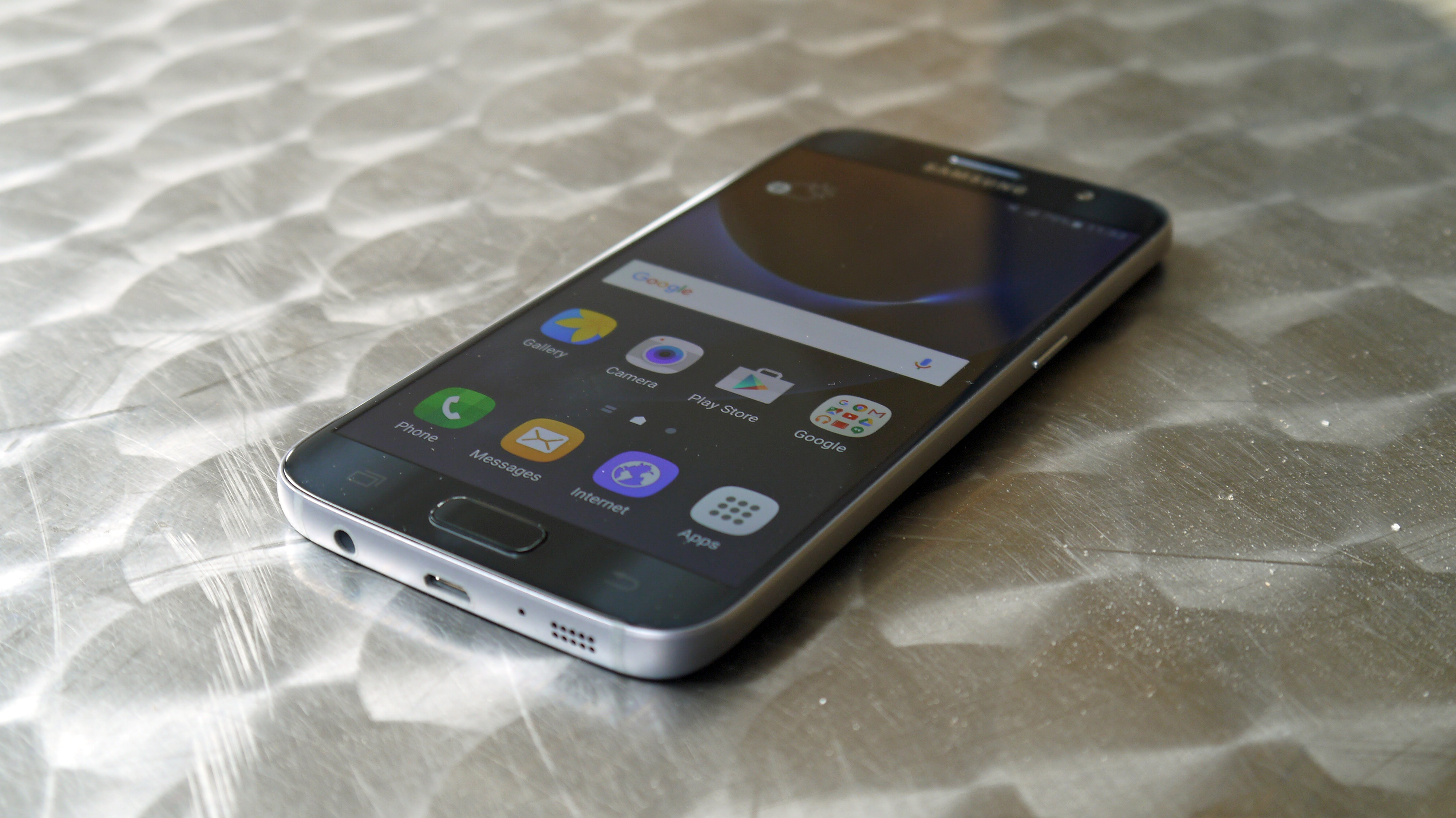
Slightly surprisingly the Samsung Galaxy S7 doesn't use USB Type-C. It's not a huge loss, as the phone still supports fast charging, but it does mean you can only plug the cable in one way round.
That's a minor annoyance, but it's one that some phones have done away with and we hope the Samsung Galaxy S8 follows suit. Given that the Galaxy Note 7 has USB Type-C it's very likely that the S8 will too.
10. Something new
The Samsung Galaxy S7 is a fantastic handset, but it mostly improves on the Samsung Galaxy S6 while bringing back features from the Samsung Galaxy S5, like the waterproof body and microSD card slot. There's not much that's genuinely new here and certainly no massive new features.
Samsung's polished the Galaxy S7 to within an inch of its life, so for the Galaxy S8 to stand out it needs a feature to shout about. Perhaps an iris scanner, or a projector, or maybe something so new it's not even been thought up yet.
- Fancy something a little different? Here's what we want to see on the LG G6
Related product:
from TechRadar: Phone and communications news http://www.techradar.com/news/samsung-galaxy-s8-release-date-and-everything-you-need-to-know
No comments:
Post a Comment